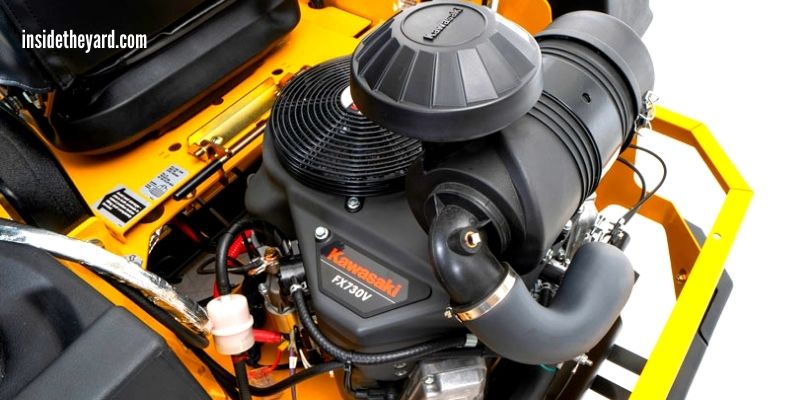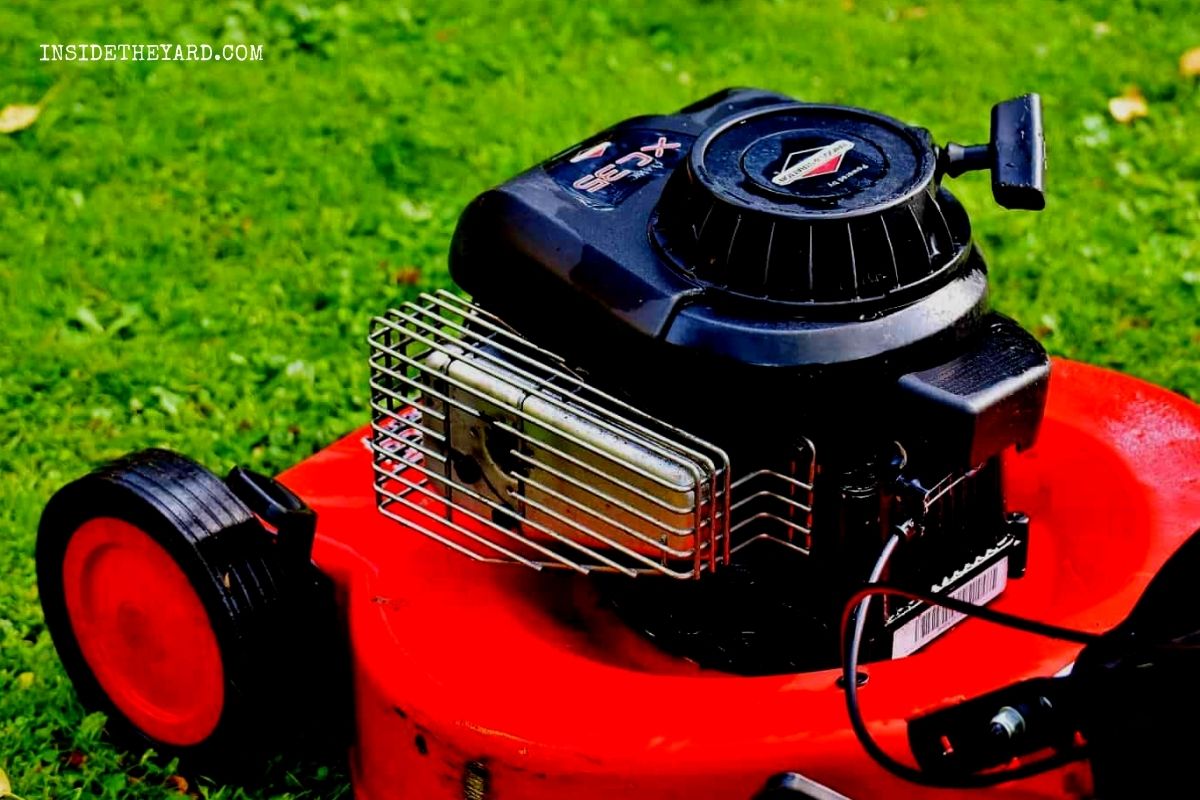
One of the biggest differences between Kohler and Kawasaki is their construction. The Kawasaki engine is mostly made up of metallic components, while the Kohler’s engine has plastic as the primary component.
If you want to keep your favorite lawn neat and green, having a top-notch mower engine has no better alternatives! In that case, both the Kohler and the Kawasaki engines are made to last, but you will need to keep an idea about the pros and cons to realize which one ensures optimum performance.
So, to get an idea of the Kohler vs Kawasaki mower engine, read this detailed guide without more chit-chat!
Kohler Vs Kawasaki Mower Engine: A Comparison Chart
| Comparison Points | Kohler | Kawasaki |
| Engine Type | Fuel engine | Commercial-grade carbureted engine |
| Material for Construction | Plastic parts | Metal construction |
| Price Point | Not that pricey | Very expensive |
| Fuel Usage | Better use of fuel than Kawasaki | Usage of fuel is not that efficient |
| Maintenance of the Engine | Easier to maintain due to available parts | Not very easy to maintain |
The guide focuses on the differences and same aspects between Kawasaki vs Kohler. Check this out right now:
Horse Power
The Kawasaki engine has a much greater horsepower compared to any other engine. It almost has a 98-99% greater horsepower or torque, making it ideal for every task related to lawn-mowing.
Several testing bodies test the Kawasaki engines to make them have the best horsepower for their users. Comparing the Kohler or Kawasaki engine, the Kawasaki has improved running speed due to the greater horsepower, which is why it’s preferable for commercial usage.
Unfortunately, Kohler engines do not have the best torque or horsepower in the market. That’s why Kawasaki takes the trophy for greater horsepower. However, among the 18 hp Kawasaki vs 22 hp Kohler, the Kohler one is more efficient. Overall, each of them is able to mow your lawns, ranging from small to large.
Longevity
If you maintain an engine really well, it should last a long time. However, if you use your engine more, then it will surely wear down way before usual.
A lawnmower with a Kawasaki engine will last for several hours if you maintain it properly. It is even possible for a Kawasaki engine to last more than a decade.
Kohler engines do not have a long lifespan compared to the Kawasaki engines. But they are still able to run for several hours at a time. So, in the war between the longevity of Kohler vs Kawasaki, the Kawasaki engine definitely emerges as the victorious one.
Engine Type
Kohler offers several types of fuel choices for its engines. Most of the Kohler engines require gasoline, but some of their engine types also run on other types of fuel.
On the flip side, Kawasaki’s engines have a special type of carburetor. Some of their engines have EFI but not carburetors. Although both the engines are fuel-efficient, the Kohler one is the front runner.
Speaking of the power ranges, an engine of 22 hp has a maximum power or torque of 39.4 ft. lbs. per 2200 rpm. Besides, an engine variant with a 35-horsepower rating has a maximum power or torque of 56 ft. lbs. per 2800 rpm. Also, the engine with a hp rating of 26 has the highest torque of 40.1 ft. lbs. per 2800 rpm.
As you can see, the range of torque gets higher when the horsepower turns higher! And needless to say, more power will make your mower more capable of mowing lawns.
Maintenance
The special loop technology in Kawasaki engines needs less maintenance because they have lesser components. Even though it needs less maintenance, it sometimes requires regular maintenance.
In a similar manner, the Kohler engine also requires regular maintenance. The looping system of Kawasaki engines makes them stand out from the crowd. Between the Kawasaki fr vs Kohler 7000, the Kawasaki one is even better in terms of maintenance.
Warranty Service
Almost every Kawasaki engine has a 36-month warranty period. During this time, if there are any problems with the engine, the manufacturer will replace it.
On the other hand, Kohler engines mostly do not have any specific warranty period. Kohler’s rental warranties may last around 3 years. The Kawasaki one wins the deal between the Kohler 7000 vs Kawasaki mower engine due to a greater warranty period.
Price
When we talk about the price range, Kohler engines are less expensive in comparison to the Kawasaki engines. But since both the engines have very close price ranges, choose your engine wisely, depending on your needs.
A Helpful Tutorial You May Need!
Frequently Asked Questions (FAQs)
Is Kawasaki and Kohler the same?
Kawasaki and Kohler’s engines are not the same in terms of pricing point, warranty, services, or other factors. The Kawasaki engines are more commercial-grade and high-performance level engines.
Does Kawasaki make good engines?
Kawasaki does not just make good engines, but the brand makes excellent engines. They generally manufacture engines with great warranty life, good pricing point and consider all other factors while making their engines.
Where are Kawasaki mower engines made?
Kawasaki manufactures their engines in a place called Maryville. The brand focuses on the best quality; thus, it operates from the best location to ensure this good quality.
Are Kohler and Kawasaki engines interchangeable?
Kohler and Kawasaki engines are not interchangeable as the two have different kinds of qualities. So you should get yourself the one after thinking wisely.
Who Takes the Mowing Deal?
According to us, if you had to make your pick between the Kawasaki or the Kohler engine, it should be the one that matches your mowing requirements most.
Although Kohler engines are more fuel-efficient and easier to maintain, Kawasaki engines definitely take the deal keeping the overall energy and build quality in mind. In fact, it’s ideal for both commercial usage and personal mowing projects.
Hopefully, this comparison guide should help you make a quick decision between the Kohler vs Kawasaki mower engine. Speaking of the price, Kawasaki is slightly more costly. In this case, Kohler might be your go-to mower engine if you can’t pay top dollars to mow your small-to-mid-sized lawns!
